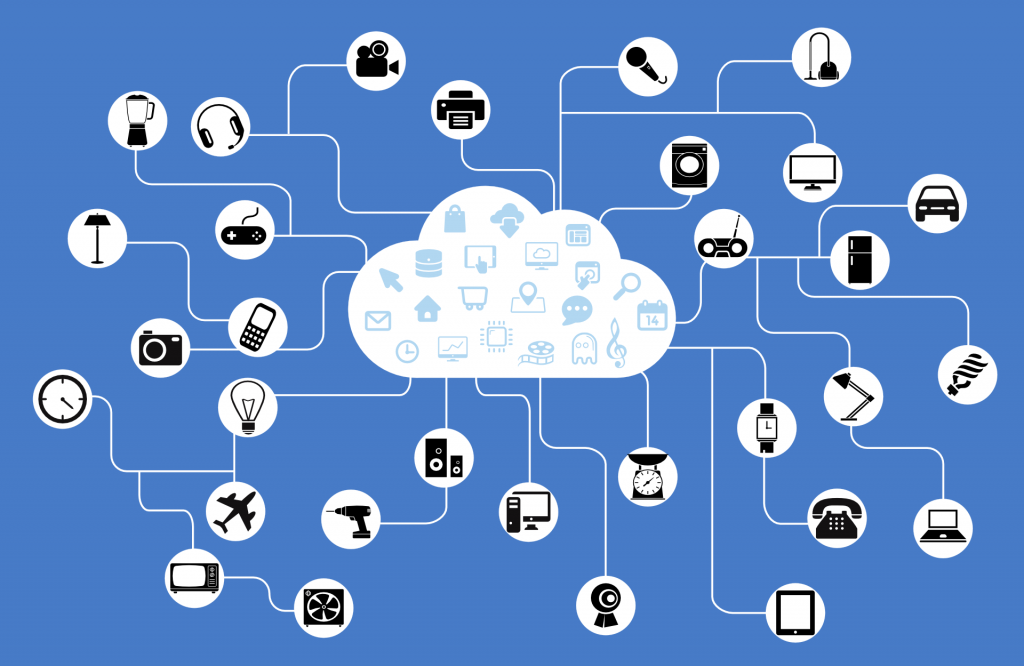Software development as an industry has always existed to find the fastest and most effective solution for business challenges. Often, when building software, it’s easy to get caught up in the nitty-gritty details of the infrastructure, networking, storage, architecture, libraries and frameworks, programming languages, and a host of other concerns all of which need to be done right for successful software delivery. As important as these aspects are, they aren’t more important than the core business challenge that they’re meant to solve. Considering this, many organizations are now moving from obsessing over the plumbing of an application to a level above infrastructure, where they can more clearly see the connection between the application and the business goal. To do this, they are turning to low code platforms that make it easy to build and maintain an application by writing little or no code.
The benefits of a low code platforms are many. It opens the door for “citizen developers” to build apps. These citizen developers don’t have a formal training in software development but are very aware of the business challenges. They know what kind of solution they need and if equipped with a tool to build one themselves, they’ll be more than happy to solve their day-to-day problems without having to bug their IT team.
Low code platforms bring speed to every step of the development pipeline as the entire platform is well-integrated, and pre-approved by IT, so there are fewer bottlenecks when building apps. By driving decision making and implementation of solutions to the line of business level, low code apps breathe a new level of innovation to aging and outdated processes.
Today, there are many capable low code solutions available, all innovating in unique ways to meet the needs of their customers. Let’s take a tour of the most recent updates and trends in the low code industry and gauge from them what lies ahead for low code customers in 2018.
Microsoft IoT Central: Delivering low code solutions
Microsoft is taking every possible option to become the leading cloud vendor, and one of those steps includes having a robust IoT solution. With IoT growth exploding, Microsoft wants to be the go-to place for building and running an IoT system.

Microsoft has recently announced its IoT Central offering, which makes it easy for small or large organizations to get up and running with an IoT system. It uses the Azure IoT Hub as a gateway to manage devices. Its features include unique security keys for each device that connects to the IoT cloud, an extensive set of IoT libraries to build with, and support for the most common IoT protocols like MQTT, HTTP, and, AMQP. Running on the Azure cloud, it can scale to any extent easily.
Low code platforms like Microsoft IoT Central are focused on providing an end-to-end IoT solution. With cutting-edge technology, new device types, global operations, and distributed teams, this is a challenge. It’s what stops many organizations from investing in IoT. But as capable platforms become available, it welcomes organizations of any size and any budget to start an IoT pilot and scale it into a large-scale operation in time.
Outsystems: Debugging
Outsystems is a low code platform with a strong emphasis on visual development. However, they don’t just stop at the development phase, but take it further to debugging as well. While some low code platforms require you to dig into the code to debug, Outsystems has designed their platform so that the important phase of debugging is also done visually. This approach works because the app is built with visual flows using boxes and arrows, and to test whether each of these connections is working as expected, it makes sense to test them using the same logical flows.

Debugging is an important part of building apps in a low code platform. Debugging apps built the usual way involve looking at a host of metrics. The long list of code quality metrics can be very helpful and powerful and can deliver an outstanding experience if done the right way. However, that’s the hard part — implementing code quality reviews the right way, with the number of metrics to be tracked. What low code platforms do is to test all these metrics under the covers and let you focus on the results without getting lost in the complexities and minute details. This is why low code platforms like Outsystems are a better choice than the traditional approach to software development.
Caspio: Triggered actions
As one of the older low code platforms, Caspio is now at version 10 and is adding innovative features all the time. In version 9.9 they announced triggered actions, a feature that lets users take action when a particular event occurs. For example, an e-commerce site can update its inventory management database every time an order is placed using the triggered actions feature. All you need to do is set up a triggered action to watch for whenever a new order is updated into the orders database. This is a simple example, but in reality, it can be used to architect complex solutions and improve the user experience using automation. The best part is that triggered actions can be set up visually using a drag-and-drop interface that makes it all the more likely to be used by nontechnical users.
In version 10 Caspio announced asynchronous DataPage deployments. DataPages are pieces of information that are used to create a page of an application, and you can use multiple DataPages to make up a single page. In this case, it helps to have asynchronous loading of the page as each DataPage can load on its own without slowing down the entire page.
Beesion: IoT and 5G
Beesion is a low code provider focused exclusively on the telecom sector. With such niche focus, the biggest advantage is that they can develop well-thought-out, unique services that meet the needs of their customers in their niche. Beesion is doing just that by announcing an app to manage sharing of commissions between two vendors in the telecom industry. The way the commissions are shared can be tweaked to precision so that both vendors have visibility into the process. For example, an automaker that provides WiFi services in their cars using an Internet service provider can split the commissions between the two of them using this solution.
With these updates, it’s clear that the low code industry is innovating at a fast pace and delivering services and features that make it easy for their customers to build apps faster. Not only this, with focused solutions for IoT, debugging, event-based automation, and niche sectors, they are showing clear direction in what they choose to build, and how they want their platforms to evolve. Their chief goal in every update is to make application development easier, more visual, and much faster. All this provides customers a variety of options to choose from powerful low code platforms on the market today. These announcements show that 2018 is all set to be a competitive and innovative year for low code vendors. With such mature options available, there’s never been a better time to seriously consider moving from a traditional code-heavy strategy to a low code / no code strategy to software development.



